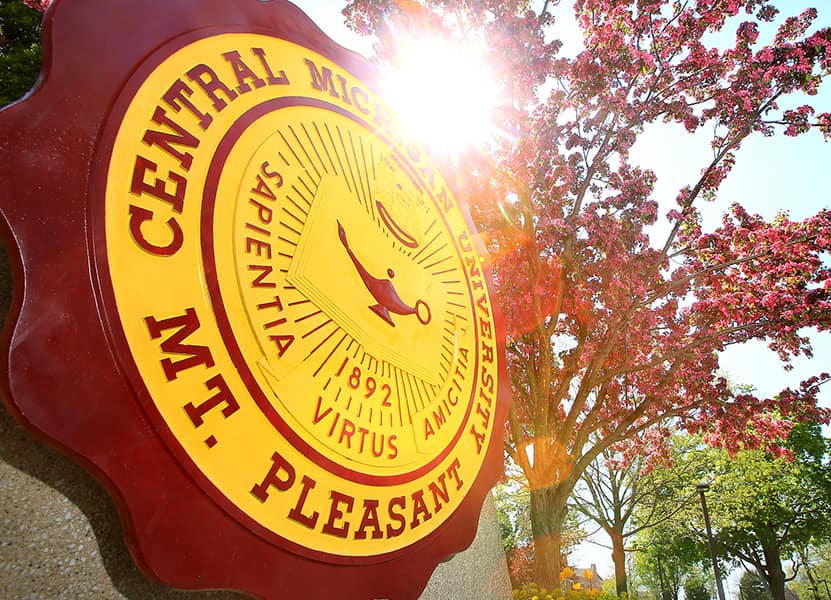Clarkston (Mich.) photographic collection, 1880, 1920, and undated
1.5 cubic feet (in 3 boxes)
The collection nicely documents the people and buildings of Clarkston, Michigan, from the late 19th century through the 1920s. The collection includes both glass-plate negatives and some photographic prints which were printed from glass-plate negatives which are not in the collection. The only dated images, identified in the book, are dated 1906, 1910, 1913, 1917, and 1920s. Most of the images are undated.
The glass-plate negatives are all in good condition. They should be handled with care by patrons wearing gloves. They measure 4x5, 5x7, or 6.5x 8.5 inches. They have been divided by size and then by topic. Topics include Portraits of Groups, Children, Couples, Men, and Women; Houses; Photographers; Public Buildings; Schools; and Miscellaneous (funeral flowers, a collage of images, etc.). One glass-plate negative portrait of a photograph of a man in a mat includes “Grayling, Imperial Art Studio” on the mat.
The photographic prints made from glass-plate negatives are also in good condition. They measure 5x4 or 8x10 inches. They are divided into the same topics and include another topic, People with Horses. The prints are fine quality for the most part, showing great details. At least one of the prints was made from a partially broken plate with missing pieces (see Photographs, 8x10, Men Portraits, Undated). It is clear from the style of hair and clothing in these prints that a majority of them may date from the 1880s. None of the people are identified. It is possible that the photographic images are actually from another collection and may not be Clarkston natives. Over time it is possible that the two boxes came to be together because of size only. This, however, can not be proven at this point.
